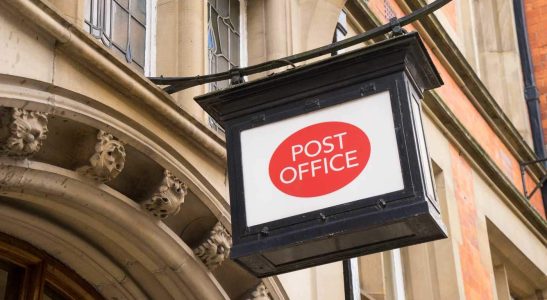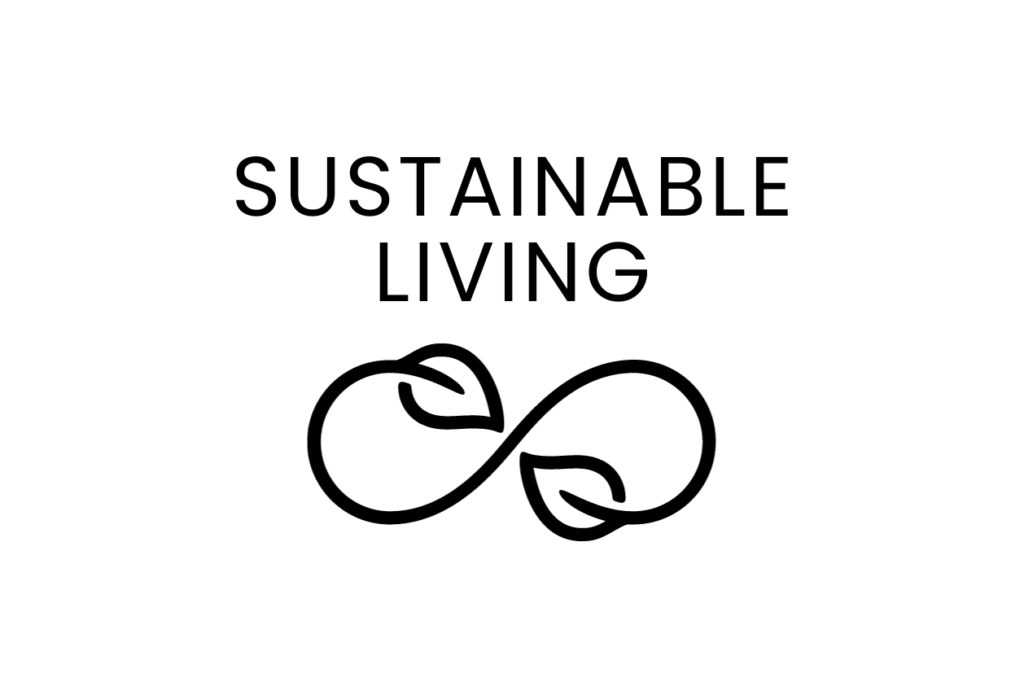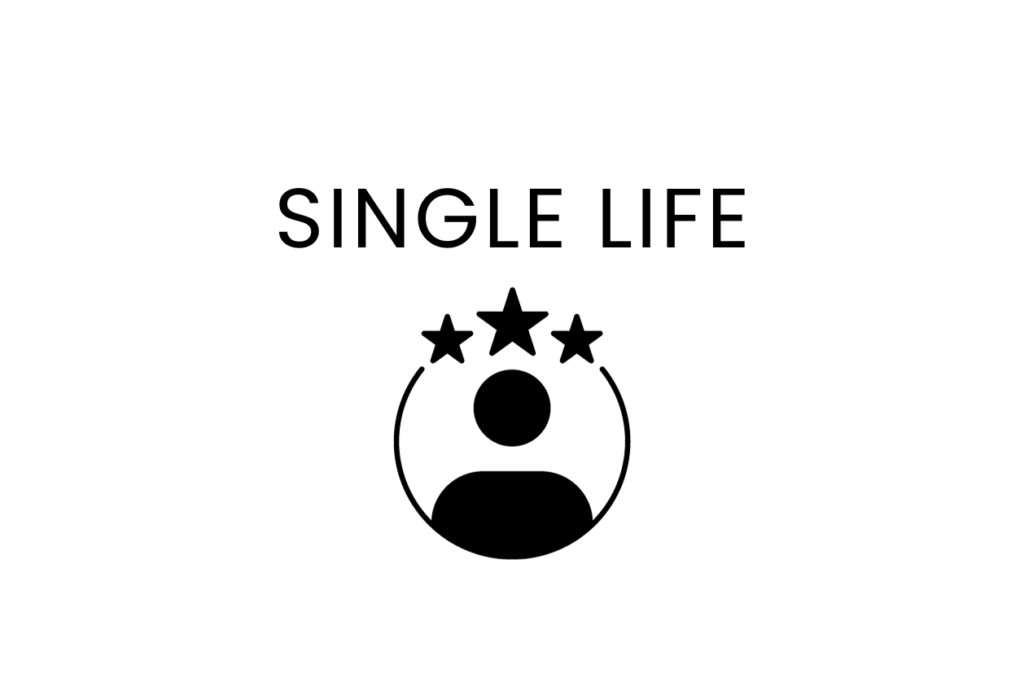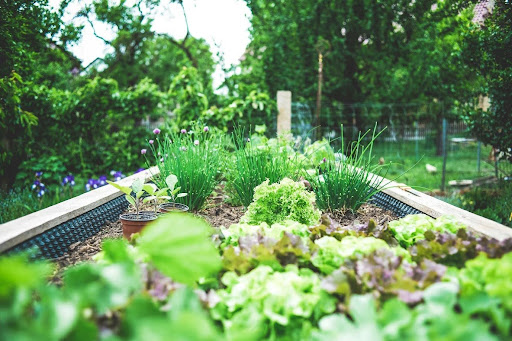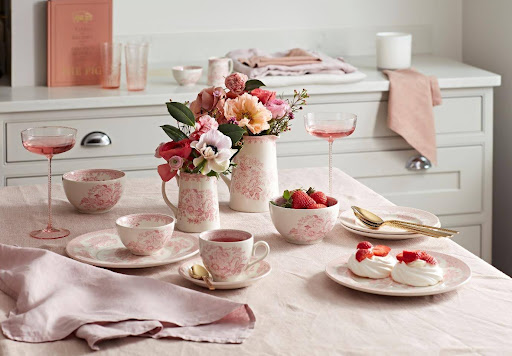The inflation rate in the UK hit a high, marking a rise in the cost of living. It’s a bit of a triple whammy, with wage growth simultaneously slowing and as interest rates also rise. As a result, more are looking to save money. In a previous article, we looked at frugal living. It turns out frugal pensioners save nearly twice as much as ‘frivolous’ 30 and 40-year-olds, proving it can be an effective lifestyle choice. However, while some people may successfully save money by adopting a frugal frame of mind, could others actually end up paying out even more? It’s a very real possibility.
Buying Well And Spending Once Helps Save Money In The Long Run
Money | 13th January 2018 by Sarah Myers
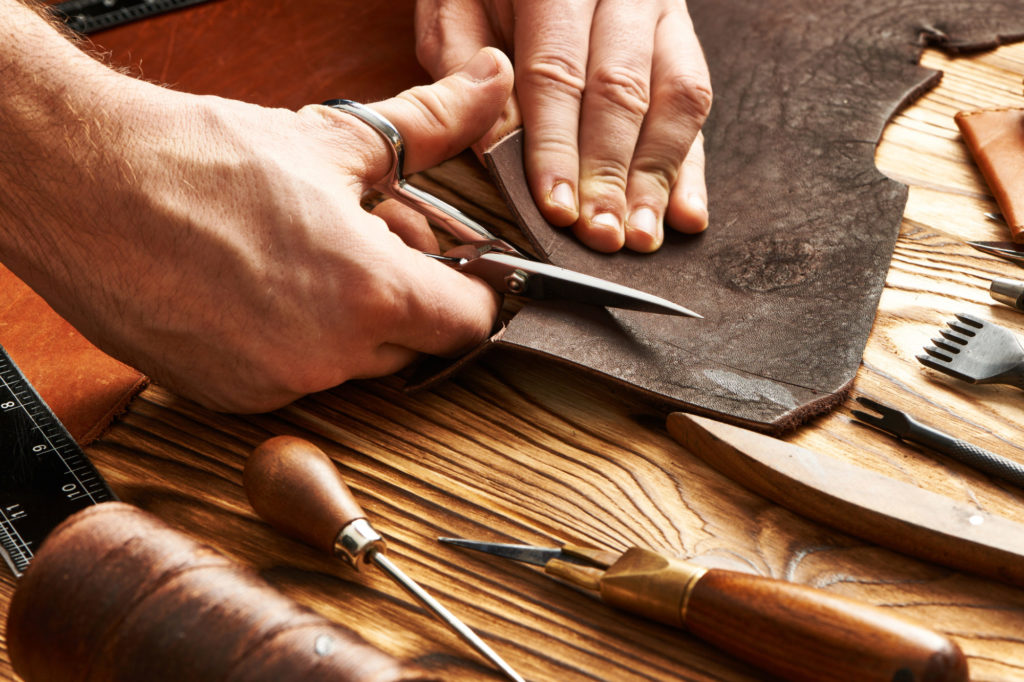
Making sensible purchasing choices
The issue with frugality is that it’s not always the solution many people want it to be. The term ‘frugal’ refers to something that’s simple, plain, and costs very little. Although not everything with a low price tag can be considered to be low grade we do have to acknowledge the association between cost and quality. Generally speaking, a cheap biro probably isn’t going to last as long as a luxurious Montblanc. This is an extreme example, of course, but it does raise a very interesting question. If we continue to buy frugally, will we need to buy more frequently? In order to successfully save money, it’s worthwhile weighing up whether it’s worth buying 10 x £1 ballpoint pens, or 1 x £10 ballpoint pen.
Buy well, buy once
This leads us to another notion that’s starting to gain traction amongst savvy shoppers – the idea of ‘buy well, buy once’. The ultimate goal of the ‘buy well, buy once’ concept is, of course, to save money. However, while frugality is about buying cheaply, ‘buy well, buy once’ is more about spending a little more (sometimes a lot more) and buying high-quality goods that are designed to last, saving you money in the long run. ‘Buy well, buy once’ can be seen as a form of investment. There are a number of areas where investing in quality goods can be a better money-saving solution than buying cheaply.
Take furniture, for example. Paying out for durable materials and expert craftsmanship could result in a piece that lasts a lifetime, and could be passed down through the generations. Cheap plywood furniture, on the other hand, may not even see out the year!
‘Buy well, buy once’ isn’t about seeing instantaneous financial results. In fact, initially, you may feel like you’re going in the opposite direction to which you intended.
However, this concept is about making smart, better thought out purchasing decisions now, to provide us with benefits in the future. It’s really about investing in products that will see us through over a number of years, rather than just in the short term. For many items, such as standard cookware, for example, paying more initially for high-quality craftsmanship, durable materials, and an extended warranty could be the secret to long term saving. After all, there’s a reason why luxury brands like Le Creuset remain so popular.
Investing in the future
The concept of ‘buy well, buy once’ may sound relatively new, but it’s actually been a popular idea in many areas for decades. Above, we discussed the example of furniture and, as we know, high-quality craftsmanship (which supports the ‘buy now, buy once’ idea), has long been valued by customers. Unfortunately, however, there are a number of obstacles which are preventing it from becoming as widespread as the concept of frugality – including affordability and necessity.
Buying as cheaply as possible, for example, can be practised by practically everyone. ‘Buy well, buy once’, on the other hand, has a more limited audience. Only those who have the means to pay out initially. For those who come somewhere in the middle, we need to consider necessity. Do we ‘need’ to spend over £500 on a dining table, when we could secure one for half that price? The rise of e-commerce means that not only do we have more options than ever before, but we also have access to those options 24/7. We have choice, and we may not always choose the ‘best’.
Therefore, we really shouldn’t group ‘buy well, buy once’ together with other money-saving notions, such as frugality. While one is about seeing instantaneous results, ‘buy well, buy once’ is more about investing in your future with quality, long-lasting goods. If you’re keen to invest in your future, then it’s worth considering the ‘buy well, buy once’ idea, and taking measures to overcome the initial obstacles.
Frugal Living Might Not Be For Everyone
Share this post:
Hear from Solo Living now and then by signing up to our mailing list



